What is a Summer Connect the Dot Template?
Are you looking for a fun and engaging activity to keep your kids entertained during the summer months? If so, a Summer Connect the Dot Template might be just what you need!
Connect the Dot Templates are a series of numbered dots that, when connected in the correct order, reveal a hidden picture. These templates come in a variety of themes and designs, making them perfect for children of all ages and interests.
They’re great for boosting hand-eye coordination and fine motor development, while also helping kids stay focused and build concentration. Additionally, completing this template can help boost a child's confidence and sense of accomplishment.
 Printable Summer Dot to Dot
Printable Summer Dot to Dot

 Printable Dot to Dot 1-20
Printable Dot to Dot 1-20

 Summer Connect the Dots Worksheets
Summer Connect the Dots Worksheets

 Printable Dot to Dot Kite
Printable Dot to Dot Kite

 Preschool Dot to Dot Gingerbread Man
Preschool Dot to Dot Gingerbread Man

Which Age Range Benefits Most from Summer Connect the Dot Templates?
Summer connect the dot templates are suitable for children of all ages, from preschoolers to teens. The level of complexity can vary, making them adaptable to different age groups. Younger children can enjoy simple dot-to-dot templates with a lower number of dots, while older kids can tackle more challenging designs with higher dot counts.
- Preschoolers: Young children can benefit from connect the dot templates with a lower dot count (up to 20 dots) and simple designs featuring familiar objects like animals, fruits, or shapes.
- Elementary School Age: Kids in elementary school can enjoy medium complexity templates with 20-50 dots, including more detailed designs like flowers, cars, or dinosaurs.
- Teens: Teenagers can tackle more challenging templates with over 50 dots, intricate designs, and even puzzle-like connect the dot creations that require critical thinking and problem-solving skills.
What Supplies Do You Need to Use These Summer Connect the Dot Templates?
- Connect the Dot Templates: The first thing you need is a template for connecting the dots. These templates can be easily found on our blog and printed for free. Pick templates that match your child's abilities and age group.
- Markers or Colored Pencils: Once you have your templates, you will need markers or colored pencils to connect the dots. This will add a vibrant and colorful touch to the finished product.
- Paper: Make sure you have enough paper on hand for printing out the templates and for your child to work on. Use heavier paper to keep markers from soaking through the page.
- Ruler: A ruler will come in handy when connecting the dots, especially for longer lines. It will help your child create neat and straight lines, adding to the overall look of the template.
- Pencil: A pencil can be used to lightly sketch out the lines before connecting the dots with markers or colored pencils. This will help your child plan out their drawing and avoid mistakes.
- Eraser: In case of any mistakes, having an eraser on hand will allow your child to easily correct them without having to start over.
- Scissors: If you are using pre-printed templates, scissors will be useful for cutting out the finished artwork to display or share with others.
Now that you have gathered all the necessary supplies, it's time to dive into the world of connect the dot templates! Encourage your child to let their creativity flow as they connect the dots and reveal the hidden picture.
Can These Summer Connect the Dot Templates Be Colored After Connecting the Dots?
Yes, you can definitely color connect the dot templates after connecting the dots! After connecting the dots and uncovering the image, kids can get creative by coloring it however they like. This allows for further artistic expression and can enhance the overall enjoyment of the activity.
Here are some simple steps on how to color connect the dot templates after connecting the dots:
- Grab your favorite coloring tools, whether it's crayons, markers, or pencils, to get started on your artwork.
- Carefully connect the dots according to the numbers or letters provided on the template.
- Once the image is complete, use your coloring materials to add color to the picture.
- Go at your own pace and enjoy trying out various color mixes.
Can These Summer Connect the Dot Templates Be Used for Group Games?
Yes! Here are some tips to use these connect the dot templates for group games:
- Icebreaker Game: One creative way to use summer connect the dot templates for group games is as an icebreaker activity. Divide your group into teams and give each team a connect the dot template. As they work together to connect the dots, they will have to communicate effectively and collaborate to complete the picture.
- Relay Race Challenge: For a more competitive twist, you can turn connect the dot templates into a relay race challenge. Set up multiple templates around the playing area and have teams race against each other to complete them. The catch? Only one person from each team can work on the template at a time before passing it off to the next team member.
- Trivia Game: To add an educational component to the fun, you can create a trivia game using these summer connect the dot templates. Each completed template can reveal a clue or answer to a trivia question related to the summer theme. Participants will have to answer the question correctly to earn the right to connect the dots.
So, gather your group together and get ready to connect the dots for a summer full of laughter and enjoyment!
More printable images tagged with:

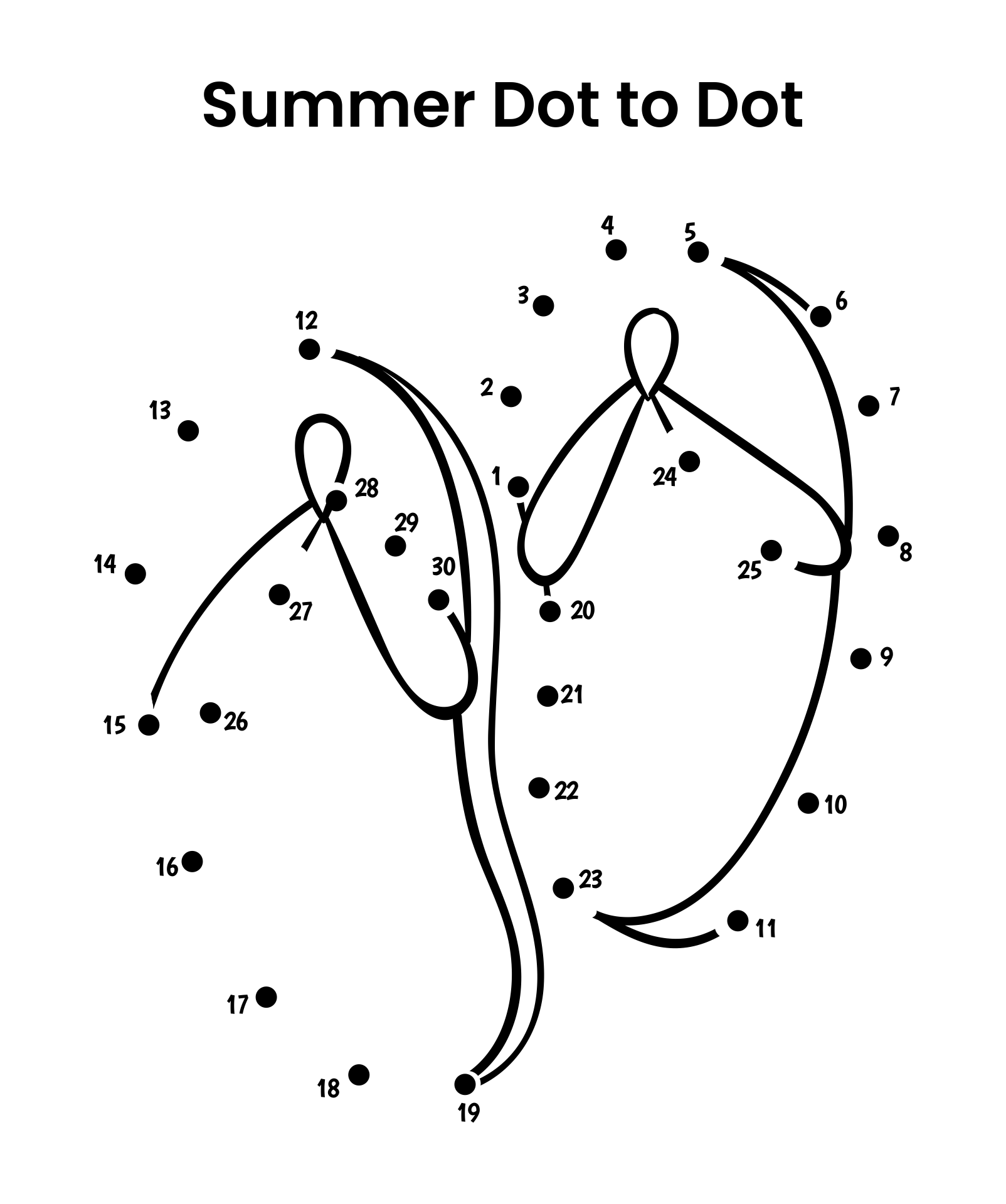
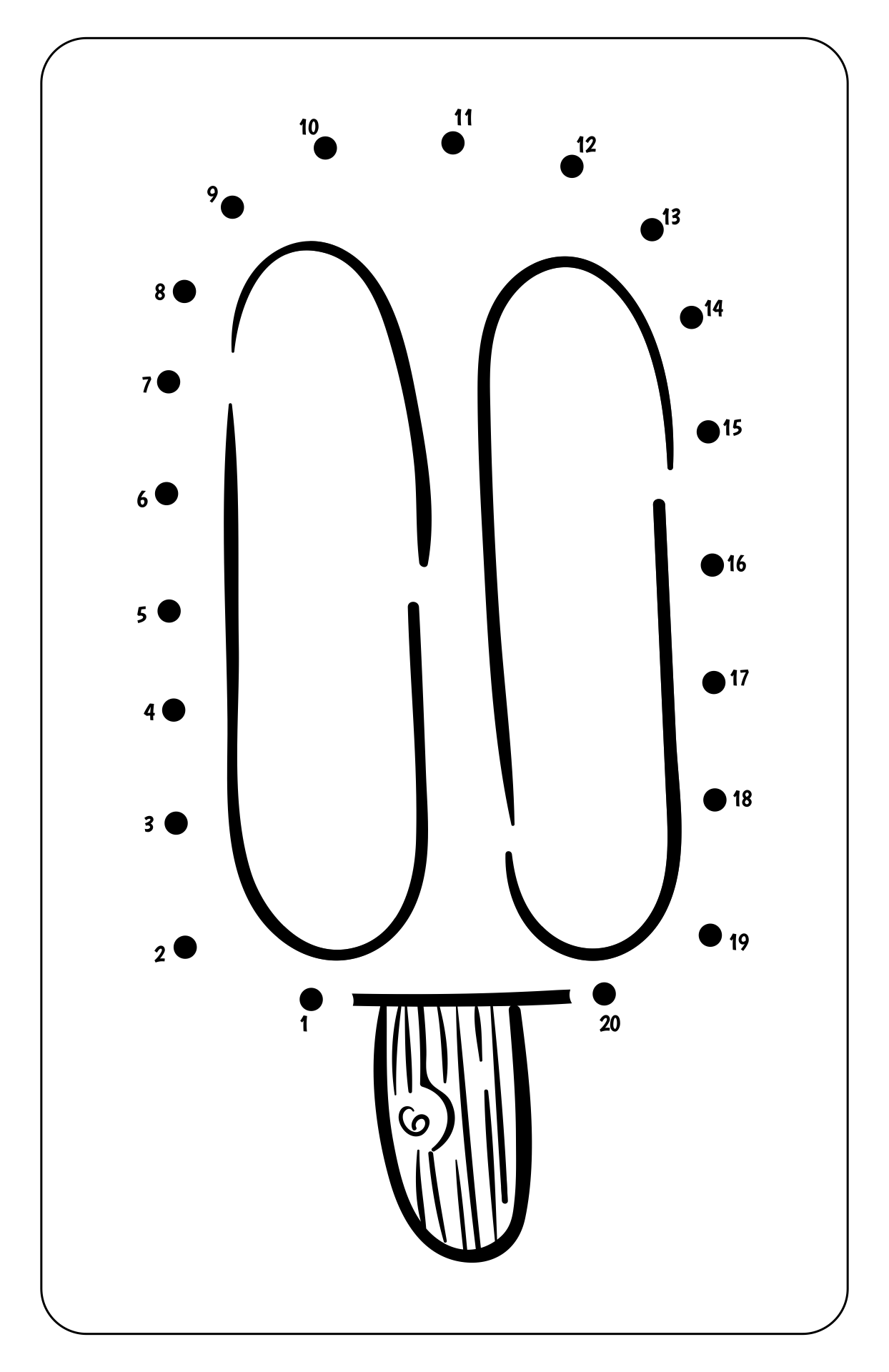
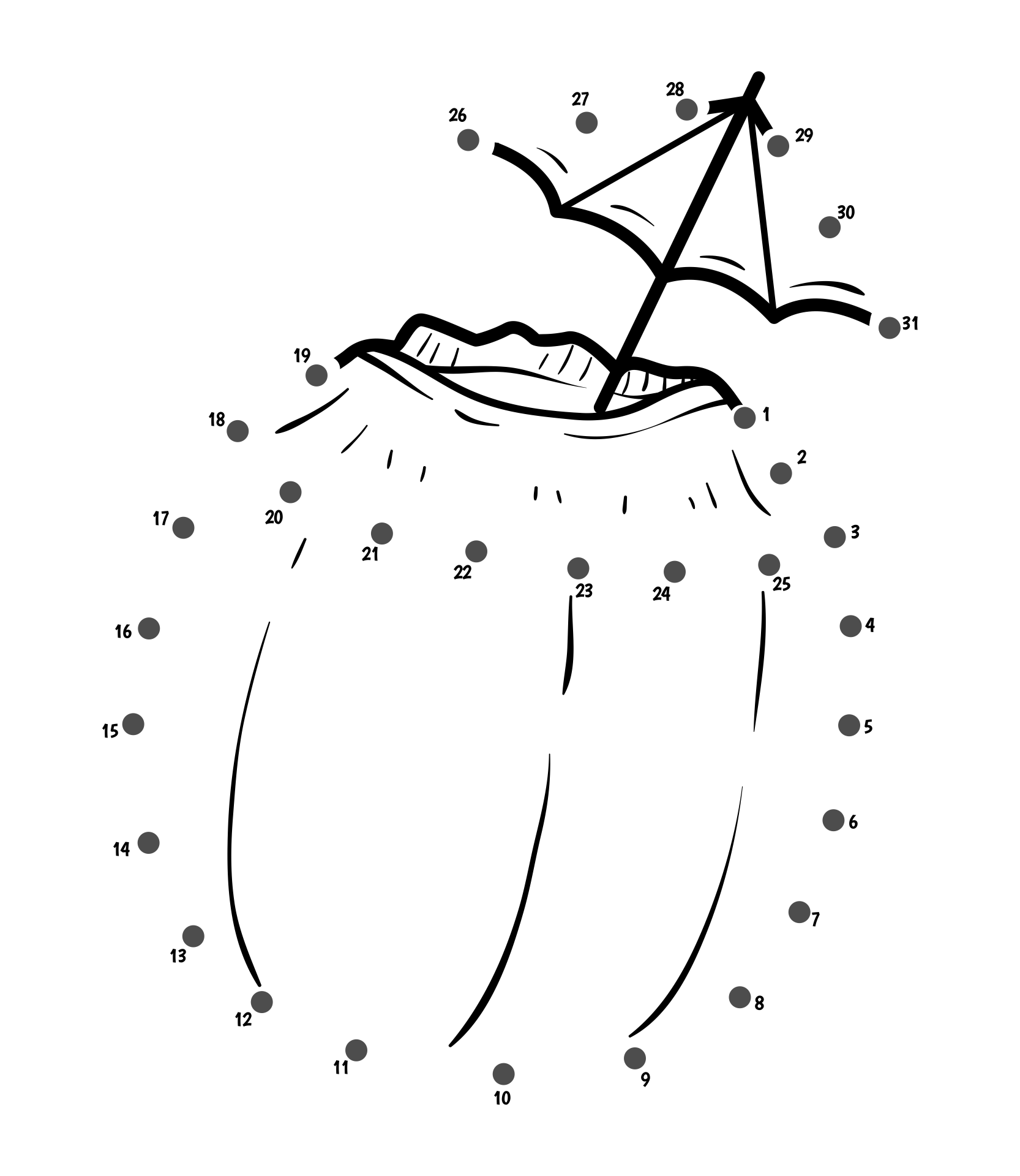
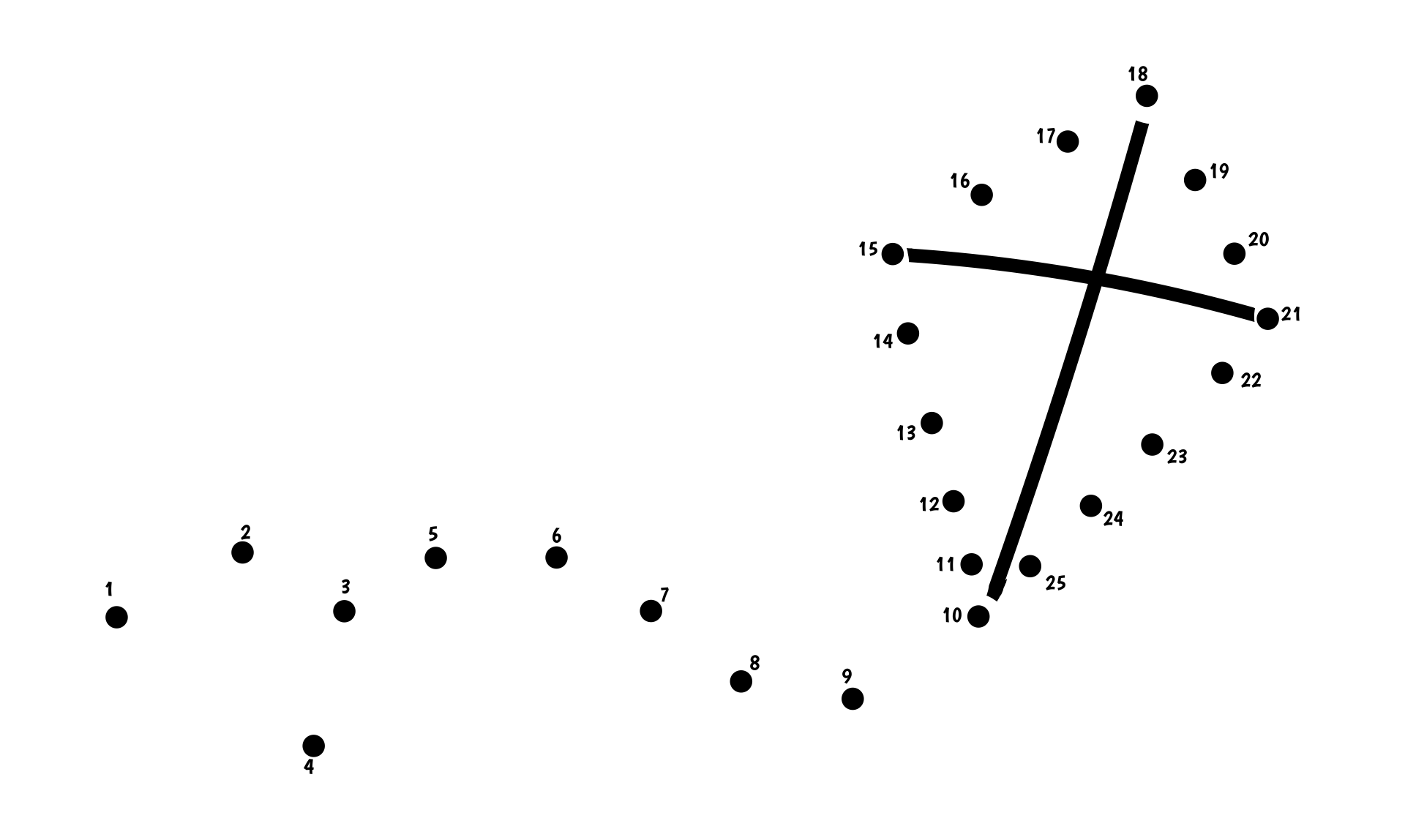
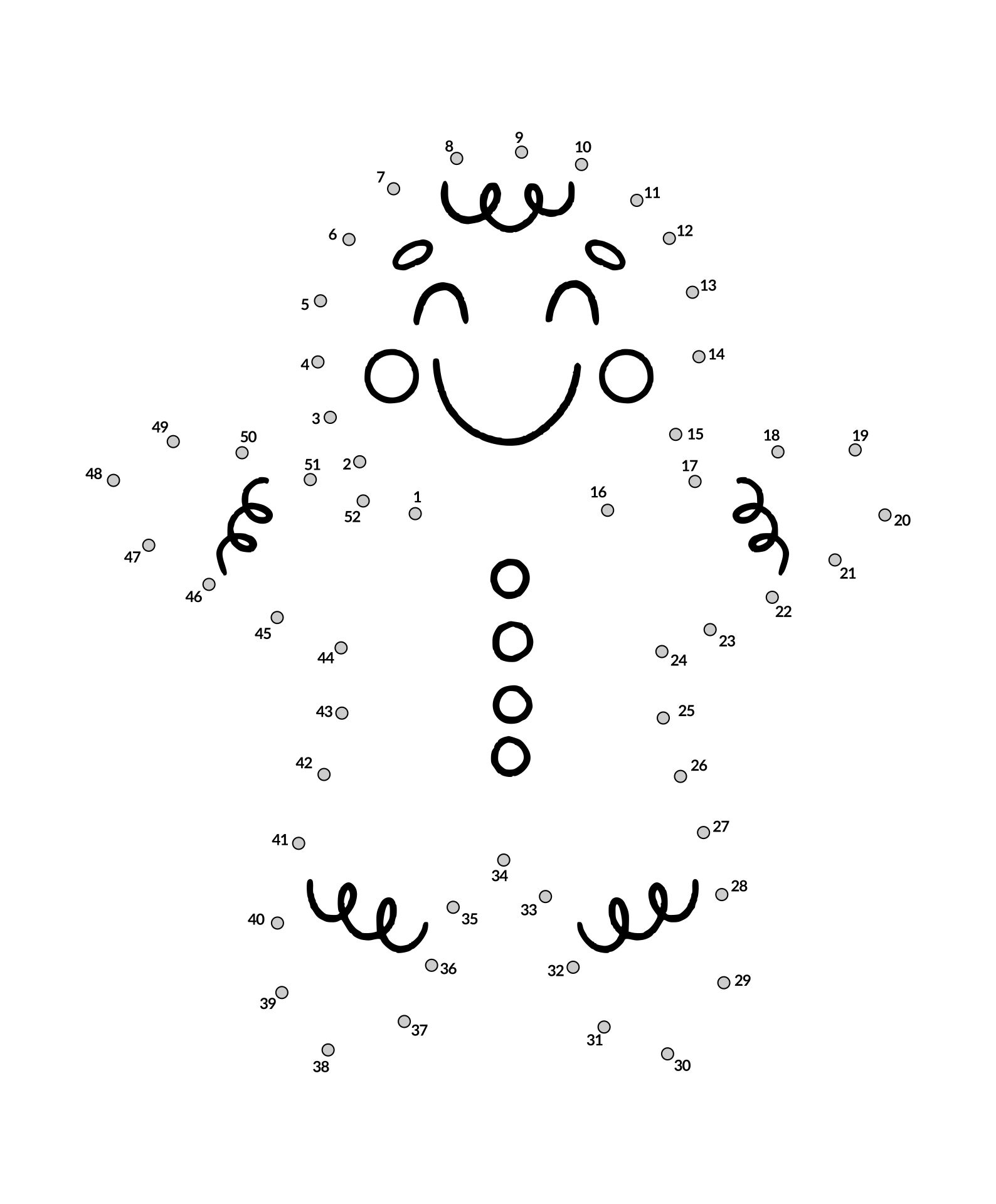
Have something to tell us?
Recent Comments
This free printable Summer Connect the Dot is a fun and engaging activity for kids to enjoy during their summer break. It promotes critical thinking and improves hand-eye coordination. Thank you for providing this wonderful resource!
Printable summer connect the dot images are a convenient and enjoyable way for children to improve their counting skills while having fun and exploring their creativity.
I love how the Free Printable Summer Connect the Dot resource adds a playful and educational touch to our summer activities for kids!